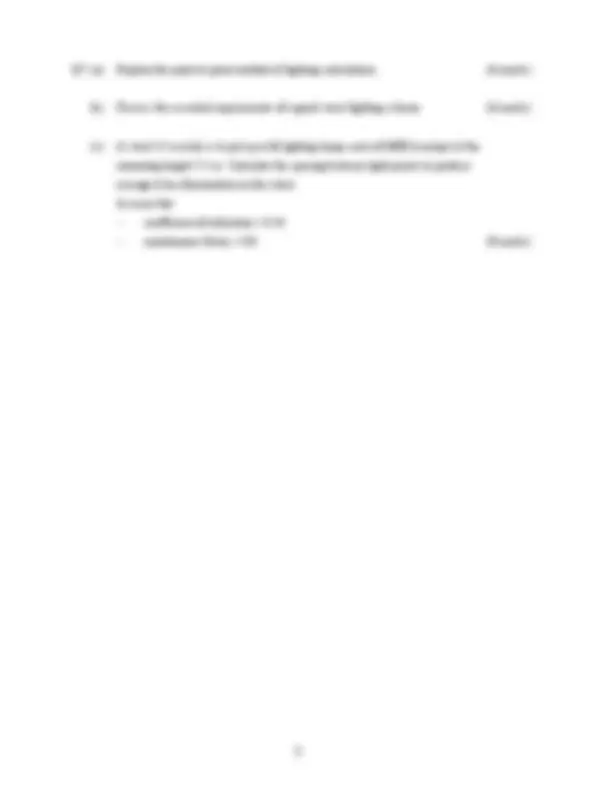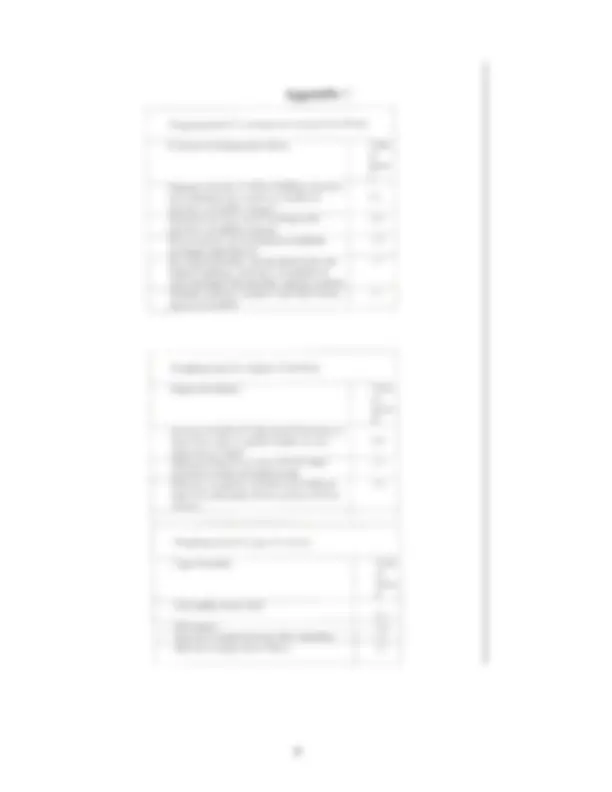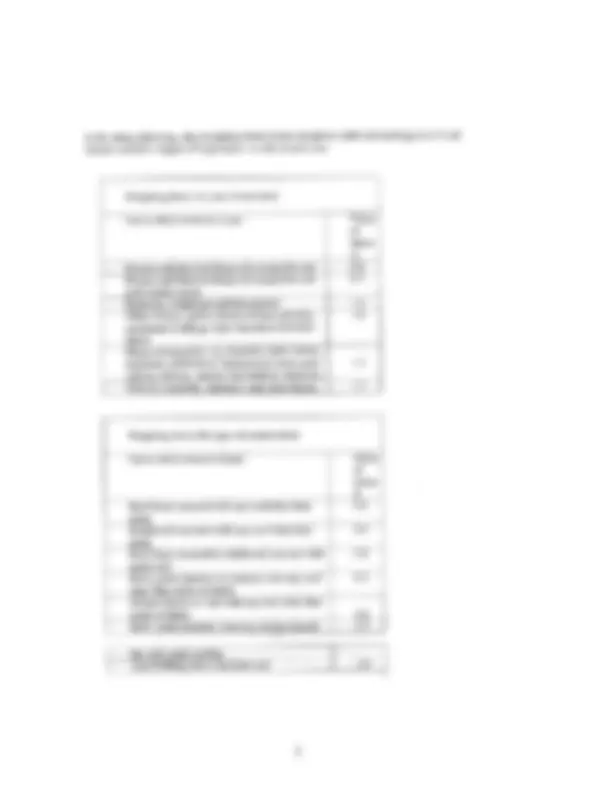





Study with the several resources on Docsity

Earn points by helping other students or get them with a premium plan


Prepare for your exams
Study with the several resources on Docsity

Earn points to download
Earn points by helping other students or get them with a premium plan
Community
Ask the community for help and clear up your study doubts
Discover the best universities in your country according to Docsity users
Free resources
Download our free guides on studying techniques, anxiety management strategies, and thesis advice from Docsity tutors
An exam paper from the cork institute of technology for the bachelor of engineering in building services engineering. The exam focuses on various aspects of building services engineering, including fire alarm systems, security alarm systems, lightning protection, overcurrent relays, and testing and verification of electrical installations. Instructions, questions, and schematics, and is intended for university students.
Typology: Exams
1 / 5

This page cannot be seen from the preview
Don't miss anything!




(NFQ Level 7)
Instructions Answer FIVE questions.
Examiners: Mr. S. Boljevic Mr. D. Leonard Dr. M. Smyth
Q1. (a) Relative to the fire alarm system, explain the following: (i) P 1 ; L 1 ; L 2 – types of fire alarm system. (ii) Outline and explain consideration that shall be taken into account during the zoning of a building. (10 marks) (b) Relative to the security alarm system, with aid of a neat sketch, explain the operation of: (i) Passive infrared detector (ii) Tamper circuit (10 marks)
Q2. (a) With aid of a neat sketch, explain lightning discharge. (6 marks)
(b) A nursing home is located in West Cork close to similar types of building in wooded area. Building is constructed of brick wall and slate roof. Dimensions of the building are: L = 30m; W = 20m; H = 15m Ng obtained for theWest Cork area from the map is 0. Determine overall risk factor for the building to be struck by lightning, expressing it in reciprocal form. (14 marks) (For additional information use Appendix 1)
Q3. Relative to the lightning protection with aid of a neat sketch, explain the following: (a) Step and touch voltage (5 marks) (b) Side flashing (5 marks) (c) Resistive coupling (5 marks)
(d) Inductive coupling (5 marks) Q4. (a) Based on the relay operating characteristics, overcurrent relay can be classified into three groups: definite current, definite time and inverse time. Using a neat sketch, discuss operation of all three types of overcurrent relays. (10 marks)
(b) Outline and explain selection criteria for: (i) current transformer (ii) voltage transformer (10 marks)
Q5. Relative to the testing and verification of an electrical installation, with a neat sketch, explain in great detail the following: (i) Continuity of conductors in ring final circuits (5 marks) (ii) Polarity (5 marks) (iii) Line to earth fault loop impedance (5 marks) (iv) Verification of operation of residual current devices (RCD) (5 marks)
Q6. (a) Relative to lighting design, explain what is the meaning of the following: (i) Depreciation factor (ii) Waste light factor (iii) Absorption factor (iv) Beam function (v) Reflection function (10 marks) (b) What is a polar curve? What is its use? (4 marks) (c) Two lamps, each having a luminous intensity of 800 cd in all directions below horizontal, are mounted 6 m above ground level 20 m apart. Find the illumination at a point on the ground directly below one of the lamps; illumination mid-point between the lamps. (6 marks)